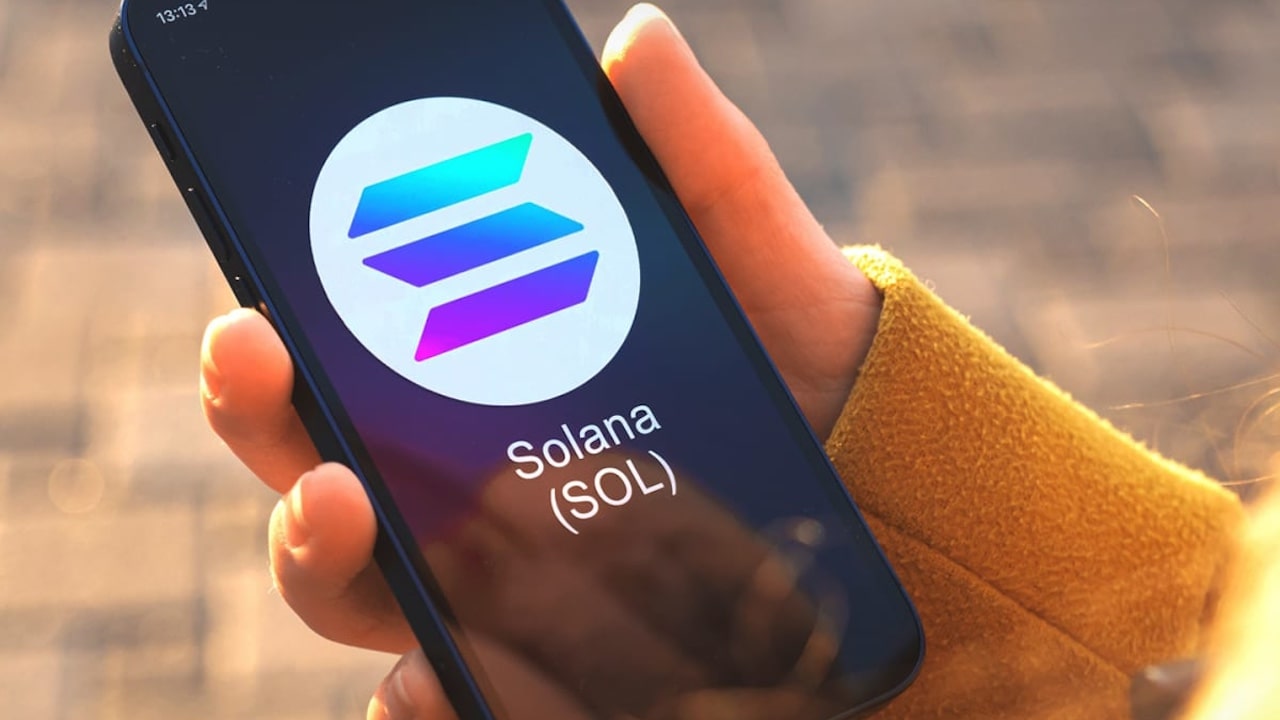Solana is experiencing a rise in network activity, raising speculation that its native, SOL, could rally further in the short term.
According to data from Dune Analytics, the high-speed layer-1 (L1) raked in $69.11 million in network fees in October. This monthly fee set a new peak for the network, surpassing the previous all-time high (ATH) of $66 million set in March 2024.
Further Rally Incoming?
The fee, which represents the total amount paid by users to have their transactions processed on Solana, has sparked speculation that SOL might witness a further price surge. Factors like trading volume and an increase in network activities often positively impact a blockchain’s native token, in this case, Solana’s SOL.
Amid the surge in network fees, SOL witnessed a significant price surge. According to CoinStats, the token has increased by 30% since October, exchanging hands at $191. Recently, CoinTab reported that SOL flipped Binance Coin (BNB) to become the fourth-largest token by market cap. Its market cap currently stands at $90.2 billion.
Growing Adoption
The latest development represents a remarkable milestone for the Solana network, which is gaining traction due to its speed, scalability, and affordability. The record-breaking fees suggest that the Solana ecosystem has continued to see widespread adoption for decentralized finance (DeFi) applications and other blockchain-based services.
In contrast, in October, Bitcoin attracted a smaller network fee of $47.33 million.
On the other hand, Ethereum pulled in $142 million in October, a far cry from its ATH of $1.83 billion in November 2021. Despite the drop from its peak, Ethereum maintains a dominant role, supported by its recent upgrades like EIP-1559, which has helped bring more predictability to its fee structure.
Since the beginning of the year, Ethereum has collected a $2.09 billion network fee, Bitcoin received $849 million, while Solana attracted $411 million, Dune Analytics data shows.
